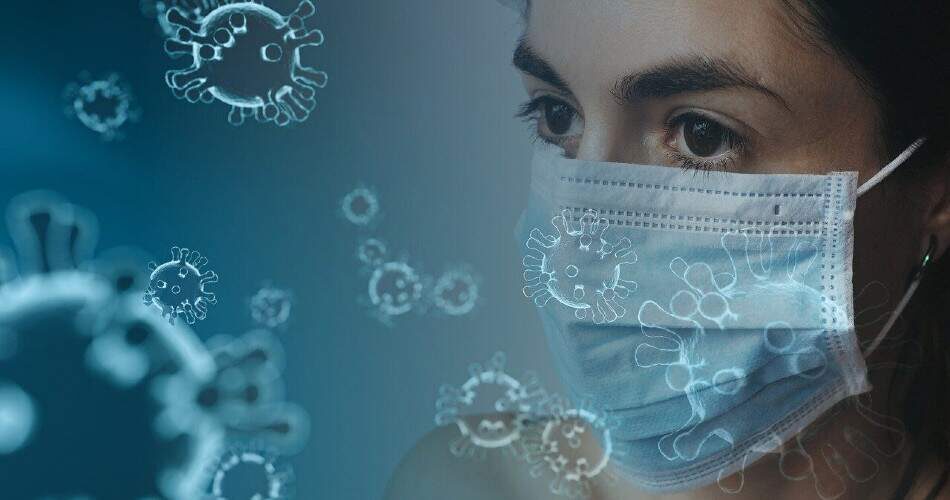Estimated reading time: 1 minute
The first case in London regarding the current pandemic with Covid-19 was confirmed on February 12, 2020 to a woman who had recently come from China.
As of March 17, there were almost 500 confirmed cases and 23 deaths in London. On 18 March, Southwark and Westminster were the hardest hit districts.
One month later, the deaths in London reached 4,000.
As of 13 May, London is one of the most affected regions in England, with 26,113 cases and 5,725 deaths. The city’s poorest districts – Newham, Brent and Hackney – were the hardest hit areas in terms of deaths per 100,000 inhabitants.
The number of people infected with coronavirus every day in London has dropped to 24, while the North East of England has about 4,000 new infections every day.
The basic reproduction rate, also known as ″zero R″, is the number of people infected by a sick person. The data show that in England this rate is 0.75.
If the rate is 1, then a sick person infects a person. If it is 3, then one person will infect three people.
If the rate drops below 1, then the virus is not spread to enough people to sustain an outbreak, and thus gradually disappears. The closer it is to 0, the lower the number of cases.
In London, the rate dropped to 0.4, which means that 10 sick people transmit the virus to four people.
These figures also show that London is no longer the epicenter of the outbreak in the UK, and now has the lowest infection rate.
If you want to find out about the increased number of rats, check out our article on this topic: COVID-19 and the increased number of rats.
[Photo from Pixabay]
